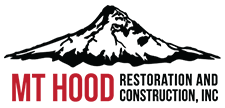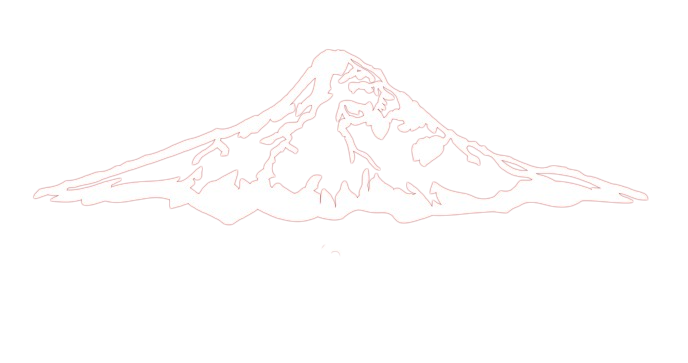
Mold Remediation
Mold Remediation
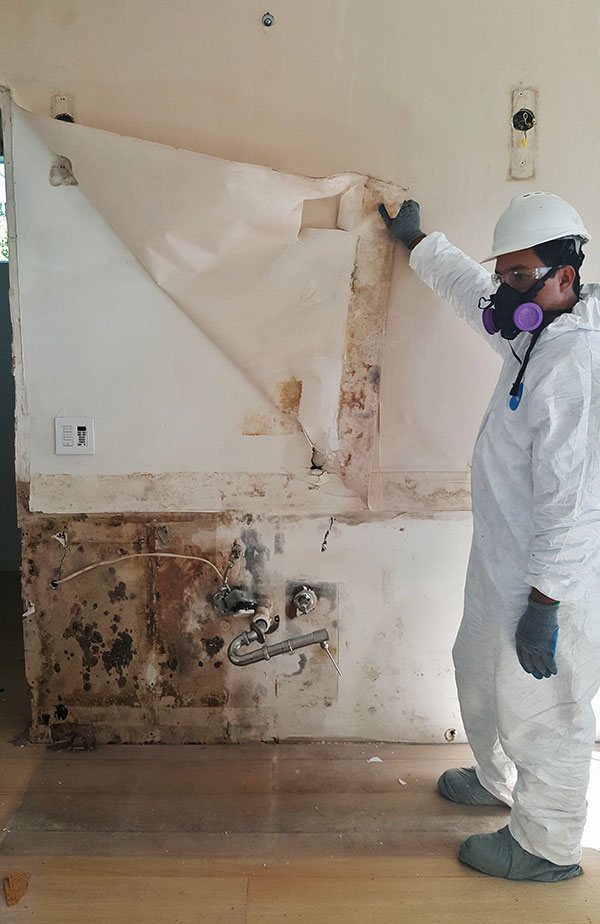
mold restoration
Have you ever found yourself in a battle against an invisible enemy? An invader lurks within the confines of your home, posing health risks to you and your loved ones. That’s right, I’m talking about mold.
What if I told you there’s more to mold than just an eyesore on your walls or ceiling?
We often overlook the fight against mold until it becomes a pressing issue – causing mysterious bad smells and triggering unexplained allergies.
But what if there was a way to reclaim our homes from this silent intruder?
Welcome to the world of Mold Remediation, where we wage war on unwanted fungal growths.
This isn’t just another how-to guide; instead, imagine stepping into a masterclass explicitly designed for homeowners seeking practical solutions for dealing with mold problems.
Let’s dig into how to spot common areas where molds tend to lurk.
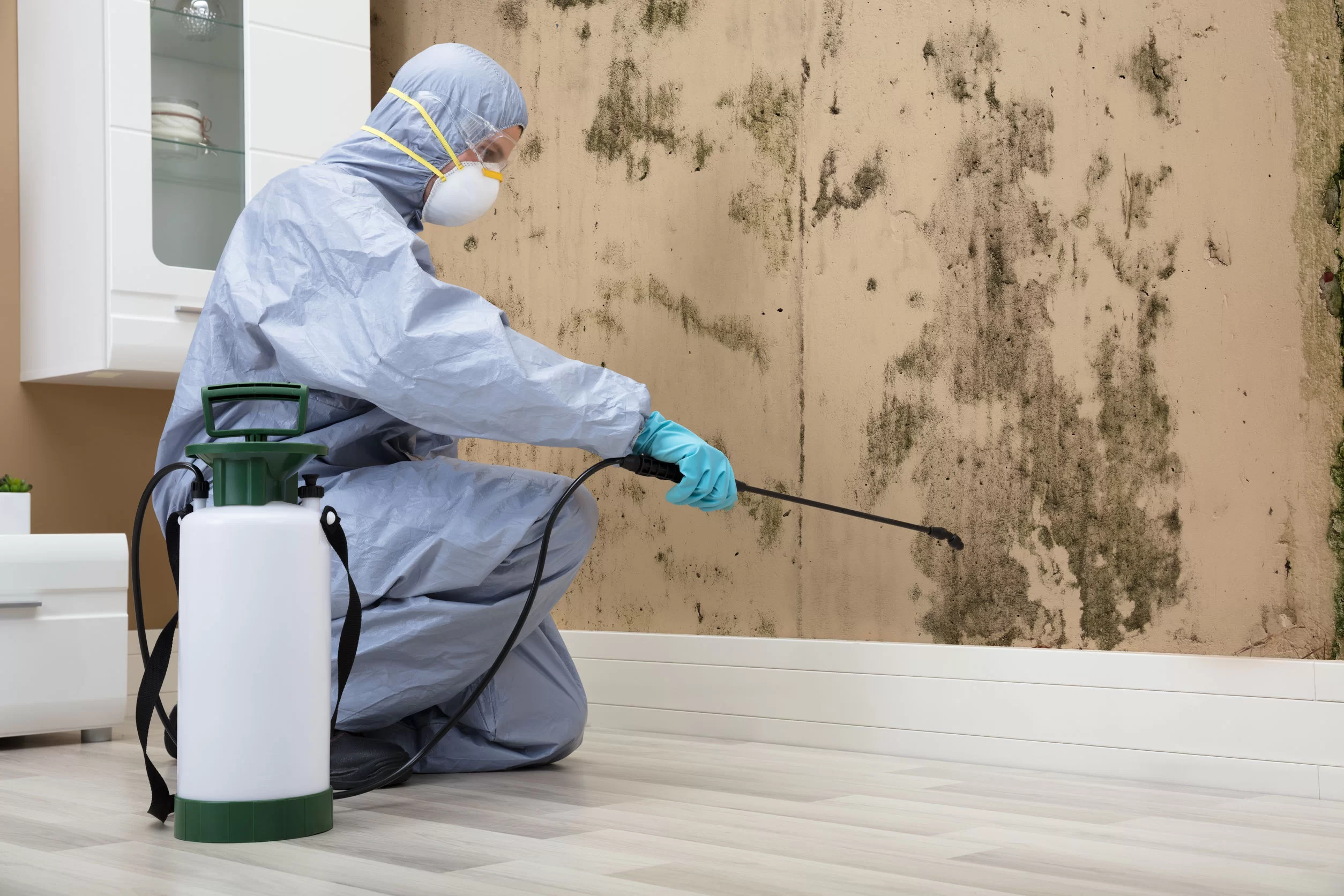
Government Guidelines for Mold Remediation
Mold remediation is a serious business. It’s not just about eliminating that unattractive spot on your wall; it is additionally about guaranteeing the well-being and security of everybody in the structure.
The Environmental Protection Agency (EPA) has set clear guidelines for effective mold removal, which professional companies use as their gold standard. They emphasize proper identification, containment, cleaning, and drying to prevent future growth.
Disease control is another critical aspect covered by these government regulations. If not handled correctly, Certain molds can cause significant health problems, such as allergies or respiratory issues.
Mold Removal Techniques Recommended by EPA
To begin with, you need to accurately identify the type and extent of mold in your property.
This involves hiring professionals trained to handle potentially hazardous substances safely.
Their knowledge extends beyond mere visual inspection – they use advanced equipment like moisture meters and infrared cameras for thorough detection.
Once identified, affected areas should be sealed off using plastic sheets before starting any cleanup work.
This prevents spores from spreading into unaffected parts during the remediation process.
All materials infested with mold are then removed under controlled conditions, followed by rigorous cleaning using HEPA vacuum cleaners or other specialized devices explicitly designed for this purpose.
Last but certainly not least comes the drying stage, where dehumidifiers play an essential role.
If left damp after all the hard work done so far, it might give rise to the same problem later down the line; hence, the importance should never be underestimated.
Common Places Where Mold Shows Up
Mold is like that unwanted guest who always finds a way to attend the party. It has an uncanny knack for appearing in places we’d least expect, making its prevention and removal all the more challenging.
The first culprit on our list is your HVAC system. Your heating, ventilation, and air conditioning unit can be a hotbed for mold growth. The constant flow of warm air provides an ideal environment for spores to thrive.
Next on our lineup are bathroom fans and their associated ducts. These often-overlooked areas provide enough moisture and darkness for mold to set up shop.
You might think your trusty window unit air conditioner would keep things cool and dry enough to deter mold, but you’d be mistaken. These units can collect condensation, leading straight down the path of mold if not cleaned regularly.
Foundation Air Vents & Wall Interiors: Hidden Havens For Mold
Your foundation isn’t safe, either. Those sneaky little vents let fresh outdoor air circulate under floors — sounds good until you realize they also invite dampness into crawl spaces below ground level where it’s dark (mold’s favorite hangout).
Last but not least – wall interiors. Inside walls that protect us from weather elements could lurk colonies of unseen invaders.
Awareness goes a long way toward effective defense strategies in this battle against mold’s stealthy invasion tactics.
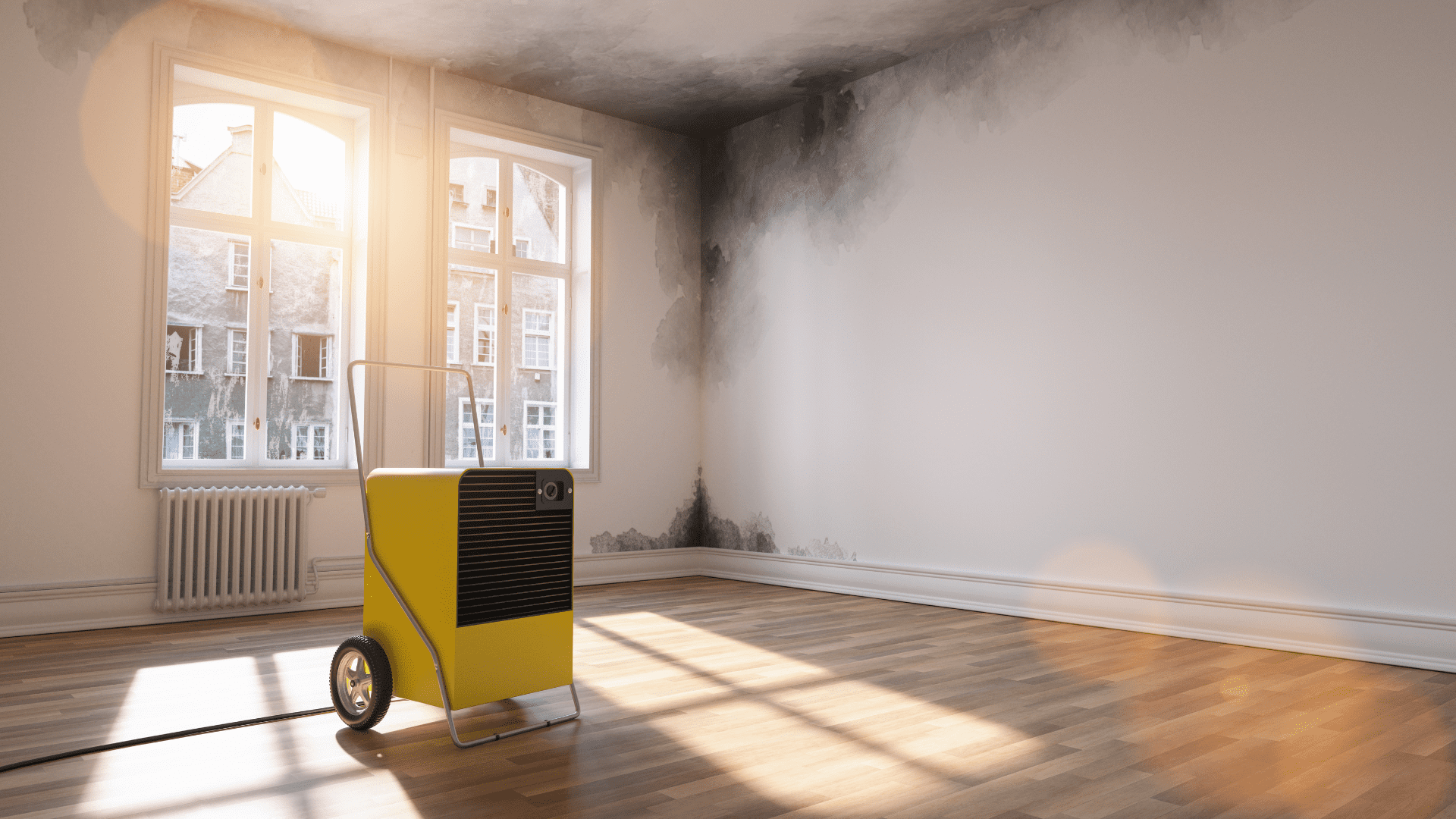
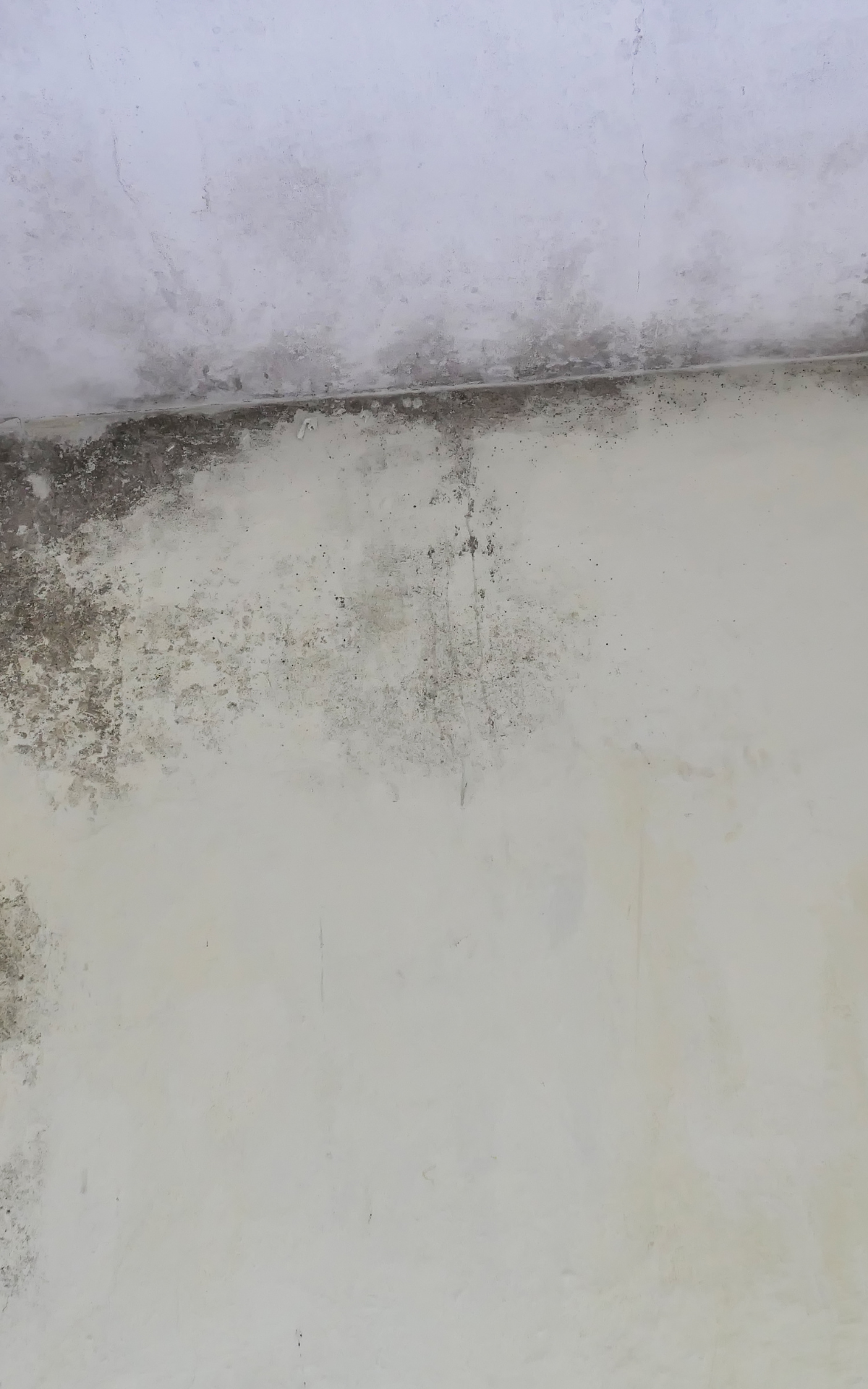
Health Issues Related to Mold Exposure
Mold exposure can trigger a slew of health problems. You may recognize the usual signs of mold exposure, such as sneezing, coughing, and skin irritation; however, more severe health effects can arise from prolonged contact.
The Role of Environmental Protection Agencies in Disease Control
The World Health Organization links indoor air quality directly with our well-being. Poor air quality due to mold growth contributes significantly to various health issues.
Certain molds are notorious for causing severe reactions; Stachybotrys chartarum or black mold, is one such culprit that can cause memory loss if left unchecked.
A less known but equally dangerous condition is Pulmonary hemorrhage – it’s linked closely with certain toxic molds within living spaces.
In addition to these potential threats, some individuals may develop allergies over time from continued exposure to specific types of molds – making prevention and timely remediation crucial for maintaining good health.

Mold Prevention Strategies
Preventing mold is all about controlling moisture. Make sure your property stays dry because mold thrives in damp environments. Install air scrubbers and filtration devices to improve indoor air quality.
It would help if you also had the right tools to clean surfaces where mold grows. Using a solution of water and chlorine bleach helps kill mold on non-porous materials like tiles or glass.
If you’ve got fiberglass insulation that’s been exposed to water, it may harbor hidden spores.
Replace wet insulation immediately to stop any potential growth before it starts.
A crucial part of preventing a recurrence involves identifying the source of the problem: Where did this moisture come from? Was there an unnoticed leak somewhere? Answering these questions can help guide your prevention efforts in the future.

The Process of Mold Remediation
Mold remediation is a critical process to safeguard your health and property. But what does it involve?
Firstly, identifying the mold source is critical. This can be anything from leaks in your roof or plumbing system to humidity caused by poor ventilation.
Next, you’ll need help from professional mold removal companies like Mt Hood Restoration. They assess the situation and devise a plan based on factors like the type of mold and affected square feet.
Mold Cleanup: Not Your Typical Spring Cleaning
Mold Cleanup: Not Your Typical Spring Cleaning
Besides removing visible growth, professionals also clean areas where spores might have spread. They use specialized equipment such as HEPA vacuums for this task.
Fungicides play an essential role, too. These chemicals kill any remaining mold cells, preventing future infestations.
Hiring A Mold Remediation Contractor
Last but not least: Restoration.
After all that hard work put into cleaning up comes restoration.
This involves repairing or replacing damaged building materials – ensuring your space looks just as good (if not better) than before.
No matter how daunting it seems, mold remediation isn’t rocket science – especially when you’ve got pros at your service.
FAQs about Mold Remediation
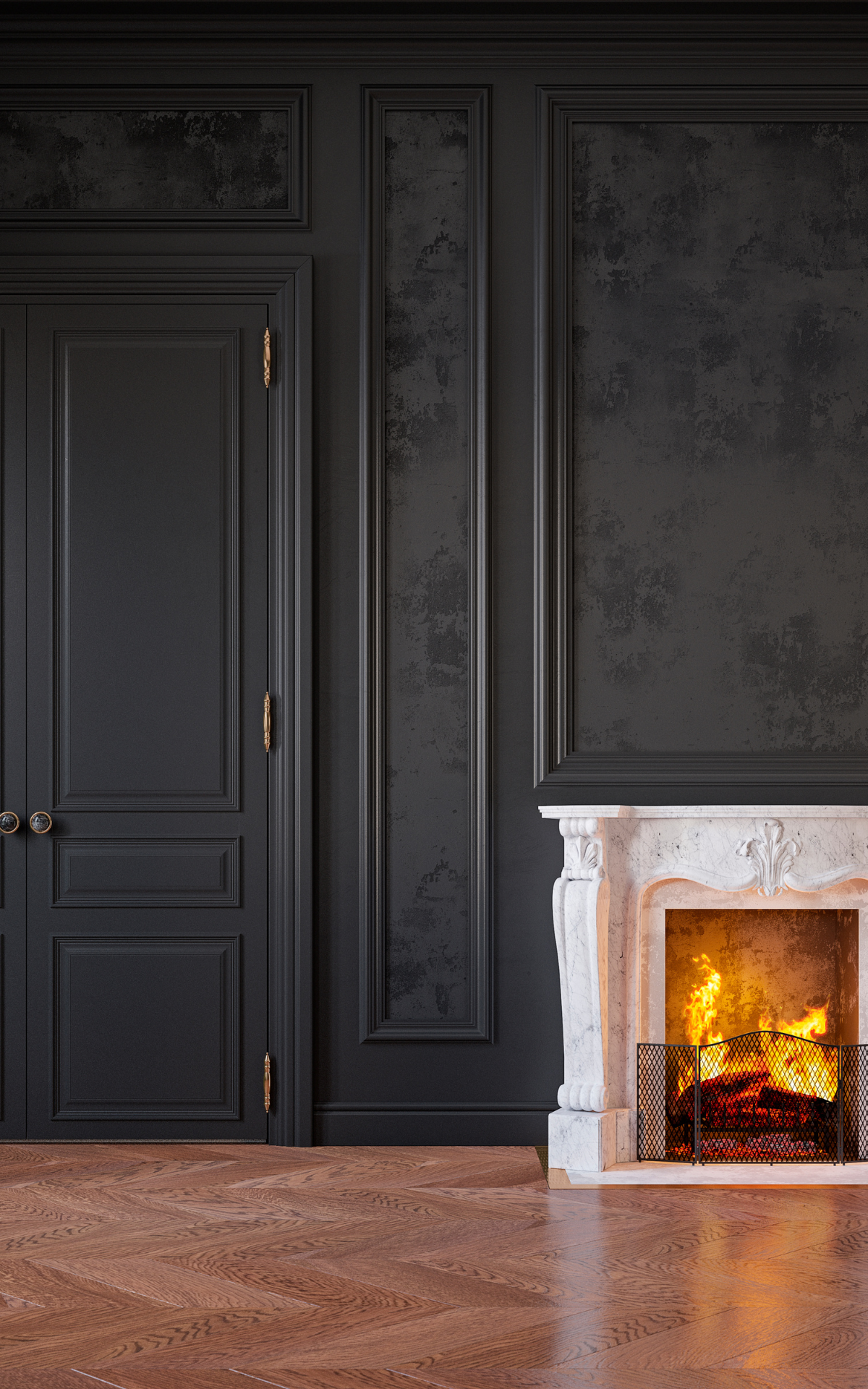
Mold Remediation
We’ve taken a deep dive into the details of mold remediation.
You’re now equipped with a comprehensive understanding of where mold grows and how to prevent it.
You’ve learned about health risks associated with different types of molds, like Stachybotrys chartarum, also known as black mold.
Now you know when to seek help from professional mold removal companies for your home or commercial buildings.
But most importantly, you can recognize mysterious bad smells caused by molds and have tips on eliminating them. We hope this knowledge helps keep your spaces clean and safe!
Remember that prevention is key – keeping humidity levels in check and ensuring proper ventilation, especially around bathroom fan ducts, will make a difference!
Battle against invisible enemies isn’t easy, but armed with information & vigilance, victory is within reach!
Mt Hood Restoration and Construction is an expert in mold removal and reconstruction. Call us today for a free estimate.
